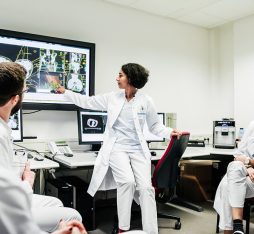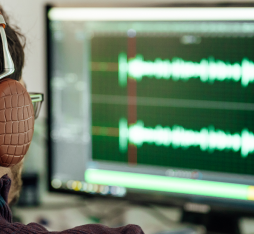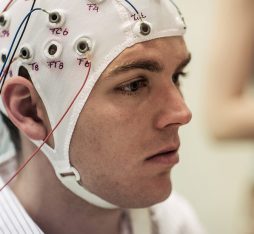Known to the public primarily through the prism of the video game industry, virtual reality (VR) has quickly found a very choice public from the scientific community and the medical world. And for good reason: according to several scientific studies, the fine line between the real and virtual worlds can alleviate the pain experienced by amputees, reduce stress and even combat some phobias. When VR is mixed with science, the results are dramatic.
Phantom pain
Well known to neurologists, phantom pain occurs in two thirds of patients who have recently undergone an amputation, and persists in one in two a year later. For several decades now, researchers have shown that these symptoms are caused by a poor perception of the brain that is expecting signals from one or more absent members. To alleviate this pain, the simulation of the existence of the members concerned would suffice to trick the brain.
If since the 1990’s physicians have resorted to the use of skilfully positioned simple mirrors to begin long-term therapy, a study of the University of Technology of Chalmers, in Sweden, published by The Lancet in December 2016 tends to indicate that virtual reality would get much more effective results.
Fourteen adult volunteers thus followed several sessions for a year during which an RV experience reincarnated them in a life-size avatar. The conclusion is clear: the mere fact of seeing a member reconstituted through the device defies cognitive perception and sends a simple signal to the brain: “everything is fine”. The subjects who participated in this study reported that the intensity of the pain decreased by 32% and its frequency between 43 to 61%. These positive effects were felt for up to 6 months after the experiments, some patients even then reduced the dose of their pain treatment.
Births using VR and ephemeral phobias
Cognitive distraction offered by virtual reality also seems to bear fruit in other specific situations, as shown by the research conducted in the US by gynaecologists with women in the phase of childbirth. With a headset screwed onto their heads, listening to instructions, patients are content to dive headlong into this alternate reality…
“Now, breathe deeply,” “focus on these birds”, “watch the waterfall” … by simple relaxing situations, the subjects are able to unconsciously initiate “work” without anxiety. “I never anticipated that I wore the machine for that long. It helped me breathe and really focus. ,” says Erin Martucci, the first woman to have given birth in part thanks to virtual reality.
“Because the patient knows that what he is going through in the headset is not real, he has more courage to face the situation that avoids reality.” Dr Eric Malbos did not expect the practice to become so widespread so as to apply this technology in the treatment of phobia in his patients. Although complex to handle, virtual reality also offers a variety of infinite situations, ideal for adapting to the anxieties of each individual. Among them, there is already a driving simulator for road accident victims, traumatised by their accident.
New studies estimate that the symptoms related to depression and mental disorders could also benefit from the positive effects of virtual reality devices on our body. This still embryonic research now requires larger clinical trials before, maybe someday, they are deployed on a larger scale.









